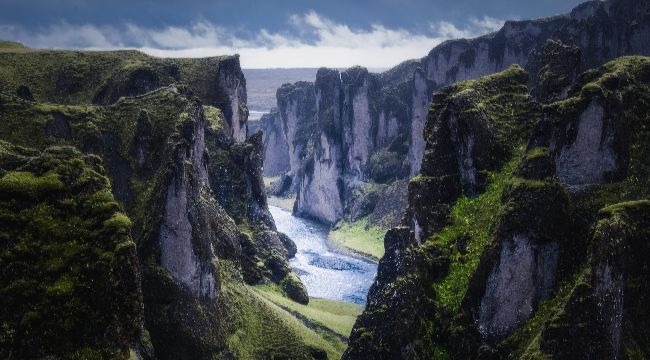
It’s easier than ever to find amazing travel spots in the world. Simply google, “best beaches” or “Most beautiful islands,” and you’ll find thousands of people willing to fill you in on a practically empty paradise they stumbled upon. But this easy accessibility leads to some serious downsides for the environment. The blight of overtourism is real. Iconic and very Instagramable spots are starting to fall apart from the rush of tourists looking to experience the moments they see on screens. And governments are starting to realize that if we don’t get overtourism under control, we’ll lose these natural wonders, maybe forever.
Cities like Barcelona and Venice, historical sites like Machu Picchu, and national parks everywhere are tempering the stampede of travelers by severely limiting how many people can come in and when. It might not be enough, which has led some places to shut down tourism completely. Maya Bay (Thailand) and Boracay (Philippines) made headlines last year as they succumbed to too many of us loving these places to death — like a collective Lenny hugging a rabbit.
So, what’s become of the paradises that closed to visitors? We have some updates on status, but we also want to help you become a more conscientious traveler. So, even if they’ve reopened (or are opening soon) — we don’t all need to rush back in. We’re offering alternative destinations that are similar to these places but not suffering from too many visitors. It might be time to blaze your own path. The world, after all, is amazingly vast.
Maya Bay, Thailand
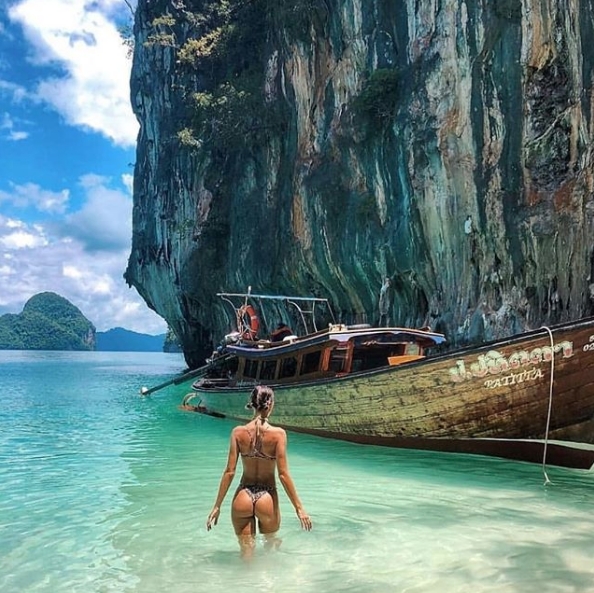
Maya Bay shot to worldwide fame after Leonardo DiCaprio starred in The Beach, much of which was set in the beautiful area. Then the tourists came…. and came…. and came. Before the movie, Maya Bay received about a hundred visitors a day. Last year, 5000 swarmed the beach and its waters daily. And by last summer, more than 80% of the coral in the region was estimated destroyed due to pollution. So, in June of 2018, Thailand’s Department of National Parks, Wildlife, and Plant Conservation announced they would be closing the beach temporarily.
UPDATE: Maya Beach was initially supposed to be closed for a month, maybe two. But the damage was too severe from over a million tourists trampling through every year. The natural habit might be irreparably damaged. In October of 2018, the Thai government shut down the spot indefinitely. It is still closed.
The good news is, the closure has made a difference. BBC recently visited the area to see how it’s doing. They reported that about 50-60 blacktip reef sharks have returned and are starting to give birth again. Officials still don’t know how long it will take to repair the damage — so there’s no reopen date, but they say that, “Authorities say they are committed to re-opening Maya Bay when they know what the true capacity of the beach is – that is how many people can sustainably visit on a daily basis.”
Alternative: Patokan Beach, Indonesia
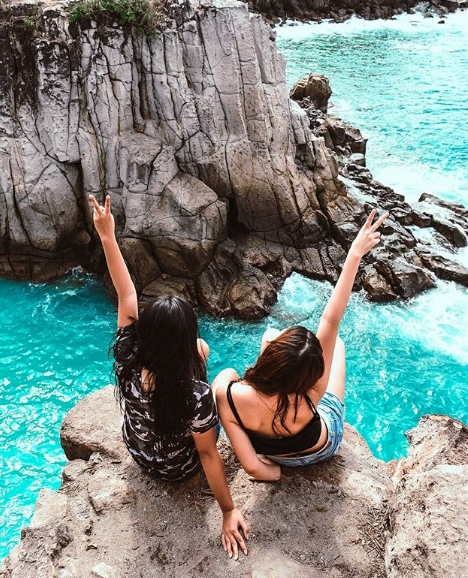
Look, there are thousands of other beaches in Thailand. Ao Nang comes to mind if you still want to indulge in amazing Thai food on the streets every night. If you’re willing to go a little further afield and support a community that isn’t under threat of overtourism, hit Indonesia.
There are about a gazillion beaches on Indonesia’s 20,000+ islands. Most of them are empty. Patokan Beach in North Sulawesi is idyllic, unique, and worth the extra effort to reach. Plus, there are tons of beaches nearby that you may well have to yourself (don’t litter or ruin them).
Boracay, Philippines
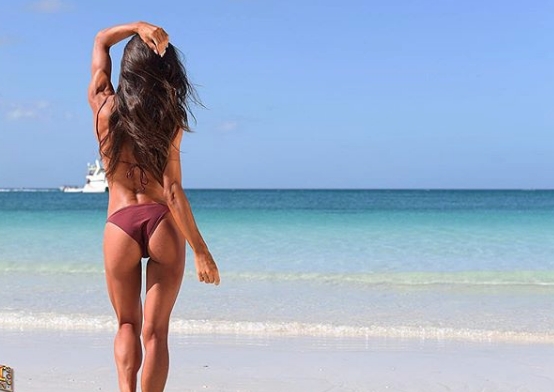
Boracay closed last year for about six months to recover from heavy overtourism compounded by underdeveloped utilities (sewage was running from hotels directly into the ocean, for instance). The Philippine government shut the whole place down to reconstruct the infrastructure and give the natural habit a time to rest.
UPDATE: Currently, the beach is reopened but is still undergoing rehabilitation. There are very strict rules (no drinking, no beach chairs, no pets, about a third of the amount of people allowed, etc.) and heavy construction is still happening — now might not be the best time to go. Err on the side of consideration and let Boracay breathe.
Alternative: Manukan Island, Malaysia
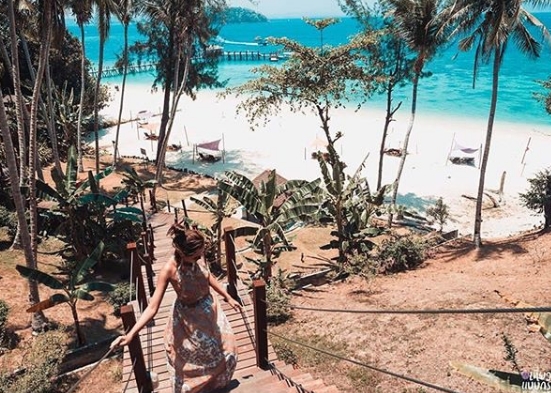
Borneo is a wondrous place. It’s home to one of two wild communities of orangutans in the world. It’s also an amazing rainforest with endless beaches.
Tunku Abdul Rahman Marine Park is an island off the northern (Malaysian) coast of Borneo. The whole place is a national park, assuring preservation and an (already in place) set of rules for enjoying its beauty. Head to Kota Kinabalu and grab a ferry out to the island and don’t skip neighboring Gaya Island.
Komodo Island, Indonesia
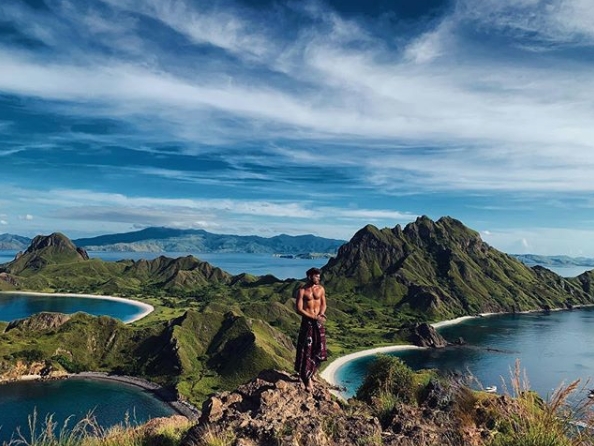
The Indonesian government recently announced that it has to close one of its most iconic destinations, Komodo Island. This is due to millions of tourists trekking through the delicate habitat yearly and the nefarious Komodo Dragon trade. Yes, people are stealing dragons and selling them on the black market. The whole thing is devastating any way you look at it.
UPDATE: Komodo island will be closed until at least January of 2020. During that time, they’ll be working on dragon conservation. As of now, the rest of Komodo National Park will continue to remain open.
Alternative: Any Other Island in the Flores Sea or the Savu Sea
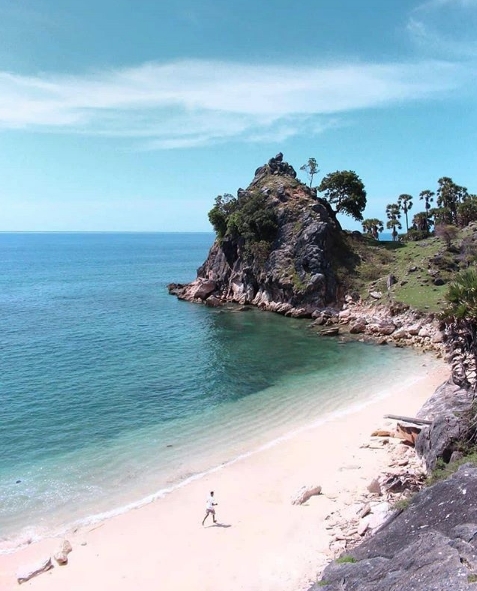
As stated above, Indonesia has a gazillion other idyllic spots. There are endless opportunities to see islands, beaches, and even dragons around the Flores Sea (north of Komodo) and the Savu Sea (south of Komodo). Hit up spots like Batu Termanu on Rote Island for the perfect mix of off-the-beaten-path adventure and chill vibes.
Fjaðrárgljúfur Canyon, Iceland
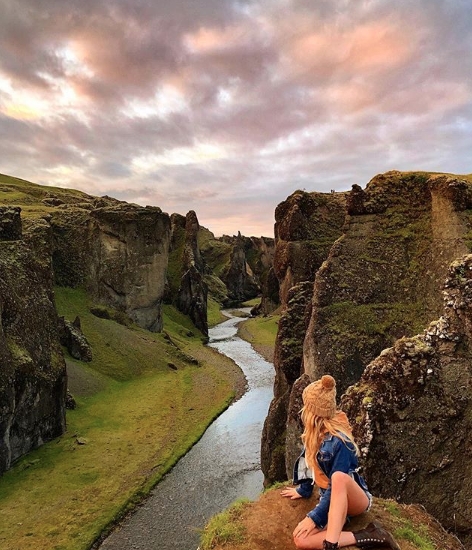
Fjaðrárgljúfur Canyon is one of those places that’s just straight up gorgeous to look at. The canyon gives off a real Game of Thrones Westeros feel. But the area really came in to prominence when Justin Bieber shot a music video there. That led to a constant stream of tourists looking for the ‘gram flex. In March of this year, it was announced the canyon would be closed to help it recover.
UPDATE: Initially, the canyon was supposed to close for two weeks. But, the damage was more severe than originally thought. So now, it’s closed until at least June, but it may be longer.
Alternative: Kalaallit Nunaat (Greenland)
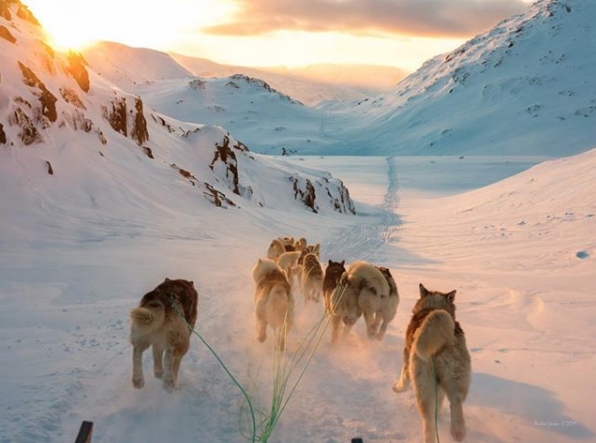
Iceland has gone through a massive tourism boom. It’s easy to see why. It’s shockingly beautiful there. But, maybe, it’s time to hit up Iceland’s Indigenous neighbor, Kalaallit Nunaat (also called Greenland).
Greenland has mind-blowing beauty around every corner, pristine nature, and one of the most interesting Indigenous food scenes in the world. This is the epitome of over the hills and far away — totally worth that extra flight.
The Faroe Islands
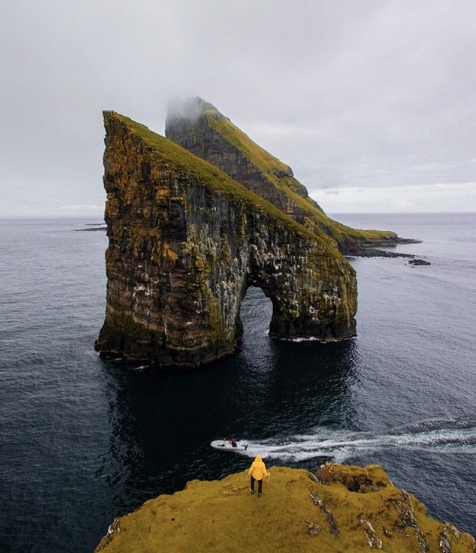
The Faroe Islands are a unique case here. They are not suffering from overtourism. The reason they’re closing their island for a weekend at the end of April, is to celebrate Earth Day and to get ahead of, and bring awareness to, the overtourism threat. Basically, the government of the Faroe Islands is putting the physical safety of their wild and gorgeous island, along with the mental well-being of their citizens, above the desires of the Instagram-set.
UPDATE: The islands will be “closed for maintenance” from April 26th-28th, but will then reopen.
Alternative: Shetland Islands
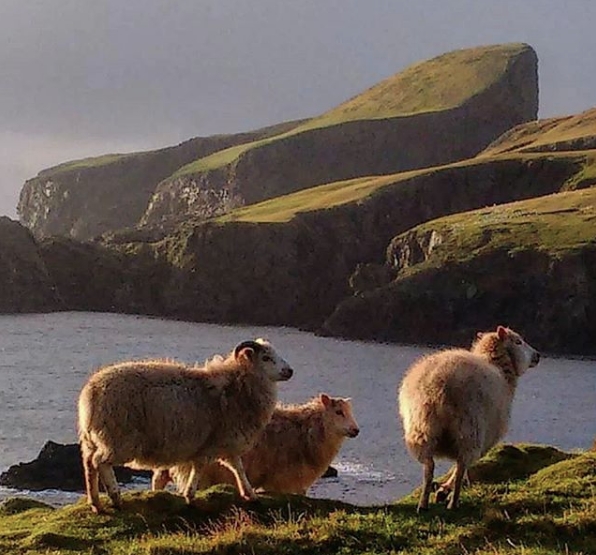
The islands in the North Atlantic between Scotland and Iceland are craggy, misty, and breath-taking. A little closer to the UK are some of our favorites, the Shetland Islands. The islands are windswept and very agrarian. You’ll find country pubs, amazing seafood, and a community happy to provide a bed or a ride for your tourist dollars.
There are daily flights from Edinburgh. They take about an hour. But we recommend getting there by taking a ferry from Aberdeen, Scotland. The boat ride takes 13 hours and goes six times a week. Expect to pay around $50 one-way.






